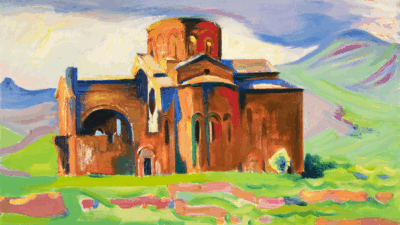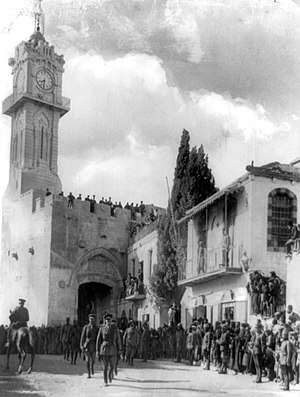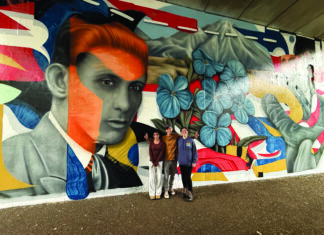By Barbara Merguerian
With so many events to commemorate this year — the centennial of the first Armenian Republic and the 30th anniversary of the massive Spitak earthquake, to mention a few — it is important not to forget other milestones that left a significant imprint on the modern history of the Armenian people.
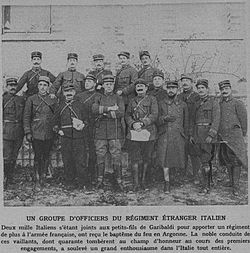
One of these is the Battle of Arara that took place on September 19, 1918, during which a contingent of Armenian volunteer soldiers serving as a special unit of the French Army known as the Armenian Legion (or Gamavors) defeated a combined Turkish and German Army in the opening salvo of the Allied offensive that led a few weeks later to the complete surrender of the Ottoman Turkish Army and the end of World War I in the Middle East.
The victory at Arara took place at a time when the Armenian nation was in a desperate condition, reeling from the savage deportation of its people from their native villages and towns in Western Armenia to deserts in the south that left them homeless, impoverished, and almost without hope for the future. The situation was not much better for Eastern Armenians, struggling to maintain a small republic only a few months old that was facing dangerous enemies on all sides.
At this low ebb in their fortunes, the combatants at Arara demonstrated that Armenians were not always passive victims of war and genocide, but were able to take action in their own defense and to make an impact on their destiny. Though in the end, Great Power politics intervened to destroy the hopes and dreams of the volunteers at Arara, their victory was a cause for celebration and signaled the fact that, despite recent tragedies there was a future for the Armenians.
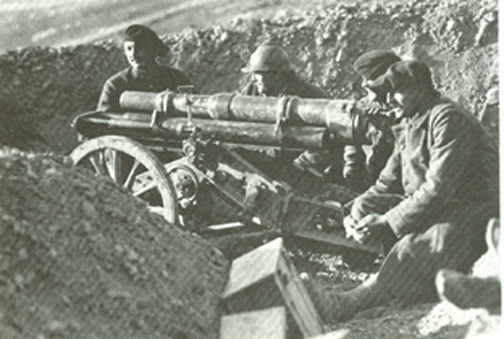
Formation of the Armenian Legion
